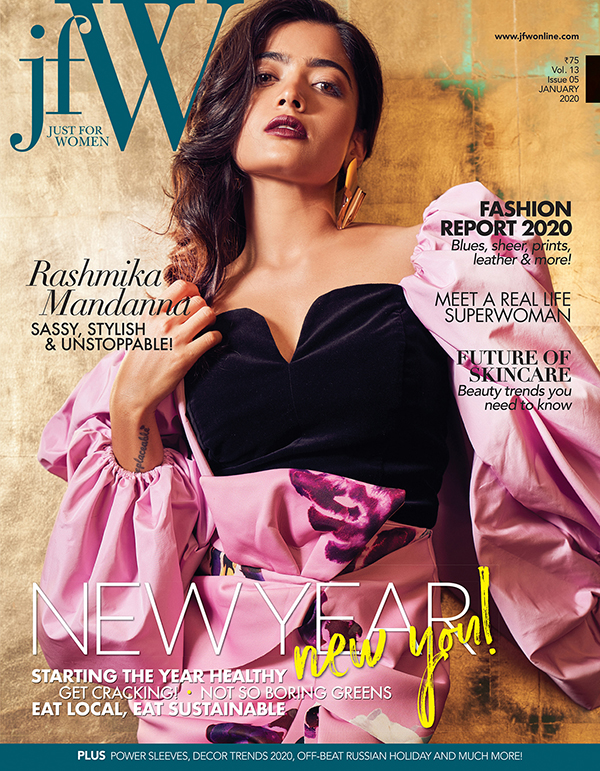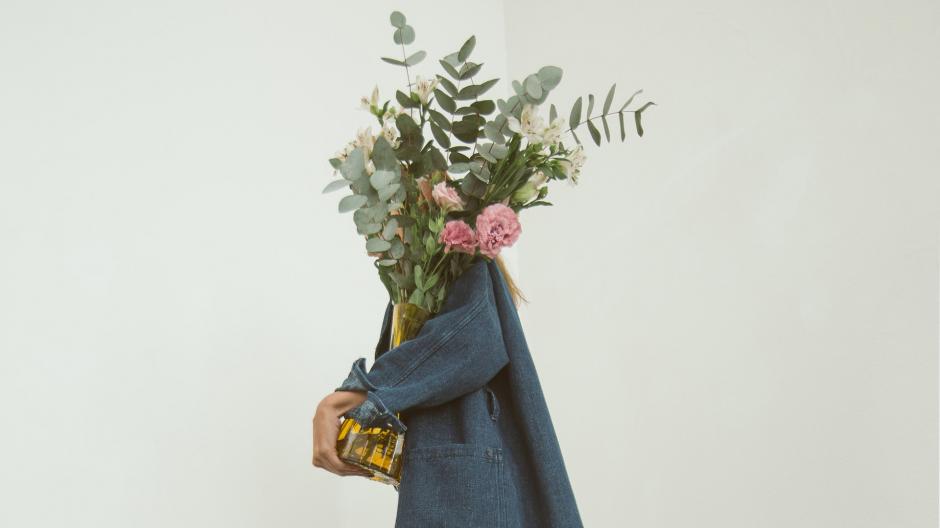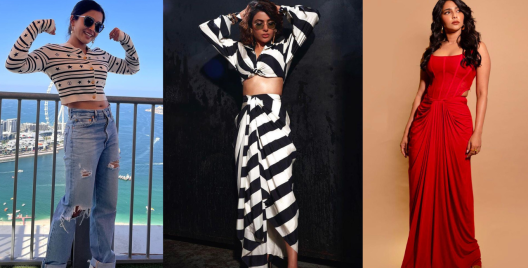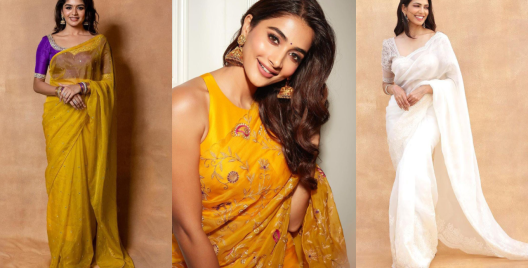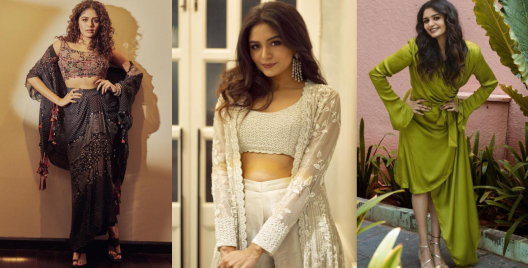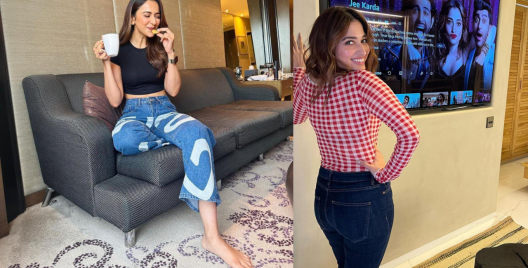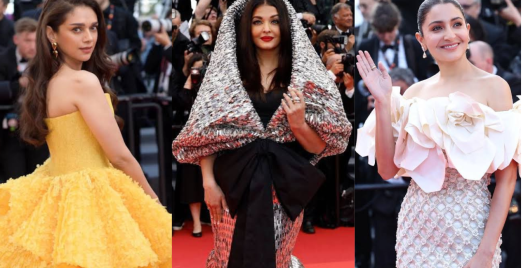Yagna Saravanan explores the world of cruelty-free, sustainable fashion. It’s not as far-fetched or dull as it is made out to be.
Although terms like conscious fashion and clean practices have been buzzing over the past couple of years, public perception of these concepts is yet to mature. More often than not, these concepts are associated with boring, baggy and earth-toned numbers, which in itself is a defeat for the movement.
Just because environment takes centre stage, fashion does not need to take a backseat and slowly but surely, fashion designers are setting out to prove this.
“Sustainability is like a three-fold concept,” says Sanah Sharma, creative head of her eponymous sustainable fashion label. She adds, “You have commercial, environmental and human aspects. It is true that environment and fabrics play an important role but a lot of it also depends on the design. If you have a design that is efficient and sustainable, that solves 80% of the problem. That’s where my focus lies; my collection is based on creating designs that are sustainable. And raw material is just a choice.”
Designers like Sharma have taken the concept of sustainability and amped it up in more than one way. Playing with the design elements, her clothes stand out for their theatrical yet effortless appeal, which entirely undoes the ‘rug sack’ image of sustainable fashion.
While designers like Sharma are tackling the design aspect of the movement, other designers of international fame such as Neesha Amrish have shifted focus on the environmental and cruelty-free aspect of the same. Seeing silkworms being thrown into boiling water, all for just one meter of silk really changed the way Amrish saw the way the industry worked, this was the beginning of her search in finding a cruelty-free way in producing quality fabric. “That’s when I found these rural artisans, living in the middle of nowhere and completely rearing the silkworms without killing them and doing all of this in a natural environment,” she said. “Coming back to Chennai, I started my (ten year) journey with a small experimental workshop in my garage where I worked on one saree at a time and one print at a time.”
People are more conscious of what they wear these days, and how it impacts others,” she observes. At the end of the day, it all comes down to whether we as global citizens are willing to pay a small price for a more sustainable and longstanding future.
Easily, the biggest challenge the movement is faced with is the price factor. While most people want to help the environment, there’s still this question of whether these ideologies are more geared toward the elitist and not the everyday woman. Spending less on fast fashion brands like H&M and Zara seems like a more appropriate option, as the industry still hasn’t figured a way in making sustainable clothing more accessible for the average Jane.
Mission: Sustainability through conscious choice
Actor-turned-designer Poornima Indrajith’s understanding of fashion and her core beliefs are founded in sustainability. “It’s that alarm that has already started ringing. It’s high time we realise the importance of conscious living.” Poornima has an exclusive line in her store that intensively focuses only on the handloom. A vision of hers that has been in force for quite some time now is to promote traditional handlooms and artisans. “At that point of time, say 4 years back, it was very difficult for me to sell handloom sarees, because to people it was just generic, locally sourced garments. They did not understand the value of it,” she remembers. But that did not stop her from pressing on with her efforts.
With a little tweak of traditional outfits and innovative designs and cuts, she also encourages the youth to interpret handlooms creatively. “I always like to push Indian handlooms to international platforms and celebrities,” she says. “If celebrities wear it, it becomes a trend. More people become aware of the trend and start experimenting,” she adds, on advocating responsible fashion.
While it is tempting to be frustrated at the level of obstacles we face in saving our planet, we cannot ignore the impeccable step forward taken by the global fashion community in trying to bring about a change. The effect art can have on the minds of people is undeniable and appealing to the senses of beauty and desire. The clothes we wear will have more impact on the people and the environment around us, more than we’ll ever know.


